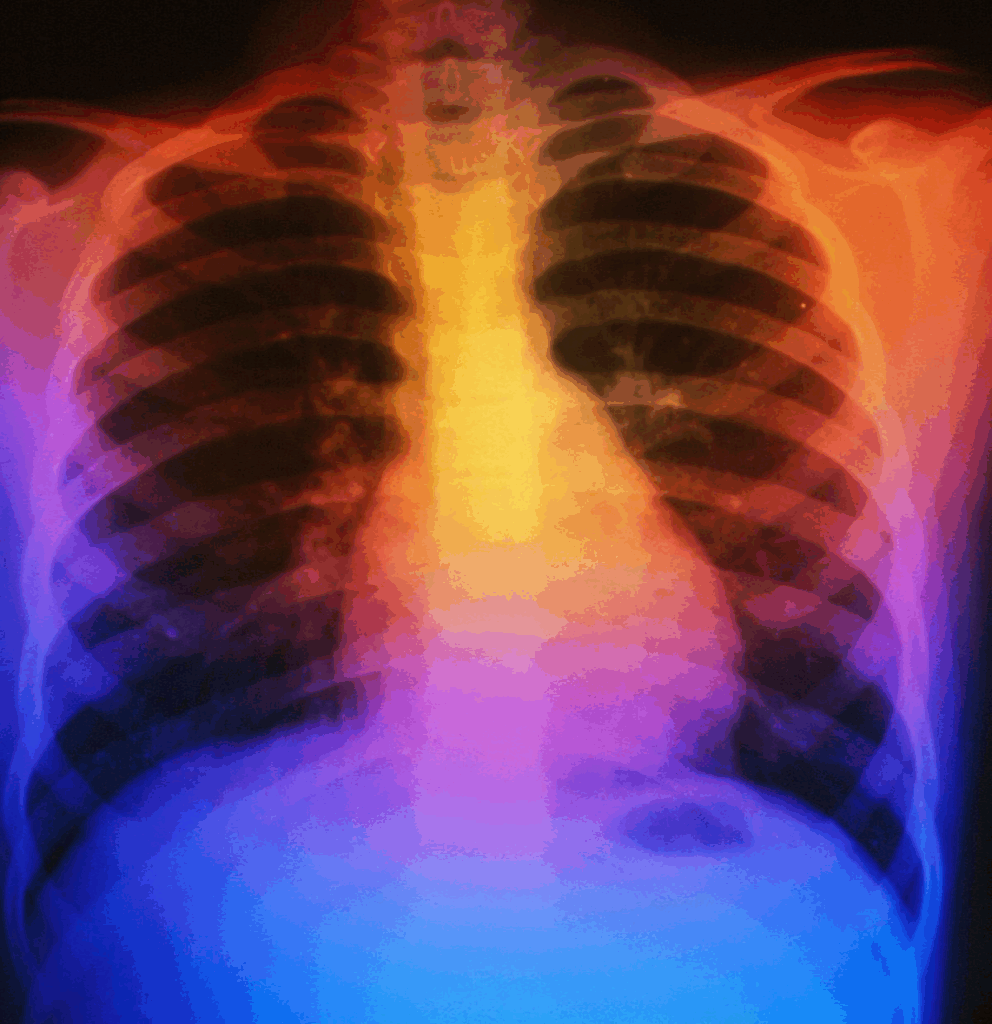The mind is one of the most critical components of a healthy body. There are many factors that contribute to stress, but one way to understand this is by considering the existence of “fight or flight” — a reaction from the body that occurs when it is in a life or death situation.
Lissa Rankin, MD is a physician and author who has conducted extensive research on the scientific proof of self-healing. According to her research, our minds have the potential to physically heal our bodies. In a TED Talk from 2012, Rankin explains that when you experience feelings such as loneliness or pessimism, your body recognizes this way of thinking as a threat. Because of this, the adrenal gland starts omitting stress hormones. This transitions the body into a “fight or flight mode.”
“I found that the brain communicates with all the cells in the body via hormones and neurotransmitters. So, for example, if you have a negative thought, belief or feeling in the brain, your brain triggers this as a threat. It turns on the hypothalamus, that talks to the pituitary gland, that communicates with the adrenal gland and the adrenal gland starts spitting out stress hormones like cortisol, norephrine and epinephrine,” says Rankin.
Rankin explains that this chemical reaction is called the stress response, which is the origin of the “fight or flight” reaction.
Many people can go in to “fight or flight” mode when life stresses such as school or work prevent the mind from being in a tranquil state. The stressful state that humans slip into usually turns off after a certain dangerous situation resolves. But in many cases, the “fight or flight” mode rarely fully turns off in the lives of people who are constantly stressed. This kind of lifestyle can trick your body into thinking it is constantly being attacked, which in the long run can be harmful for mental health.
“If there is a threat (once it’s resolved) it’s supposed to switch right off. This isn’t what happens in our lives these days. But fortunately, there is a counterbalancing relaxation response. When this comes about, the stress response turns off, the parasympathetic nervous system turns on, and healing hormones like oxytocin, dopamine, nitric oxide, endorphins fill the body and bathe every cell in the body,” says Rankin.
These healing hormones only do what they are programmed to do when the nervous system is relaxed. That’s why you need to prevent this feeling of constant attack by knowing how to turn your “fight or flight” mode off. When the body is too busy to fight or flight, it is not able to heal itself.
The importance of true self-relaxation is especially key in stressful situations. The next step is to find your own technique of relaxation that encourages your healing hormones. Pay attention the next time you find yourself relaxed, and at peace with yourself. In this situation, your “fight or flight” response is down. Once you experience this feeling, it can be easier to implement it into your daily life.
Finding a relaxing hobby such as yoga or journaling, or even a place that you feel calm, can often make you feel more at ease and help to reduce the “fight or flight” response as well. The key is paying attention to your body and becoming self-aware of how you react in certain situations.





